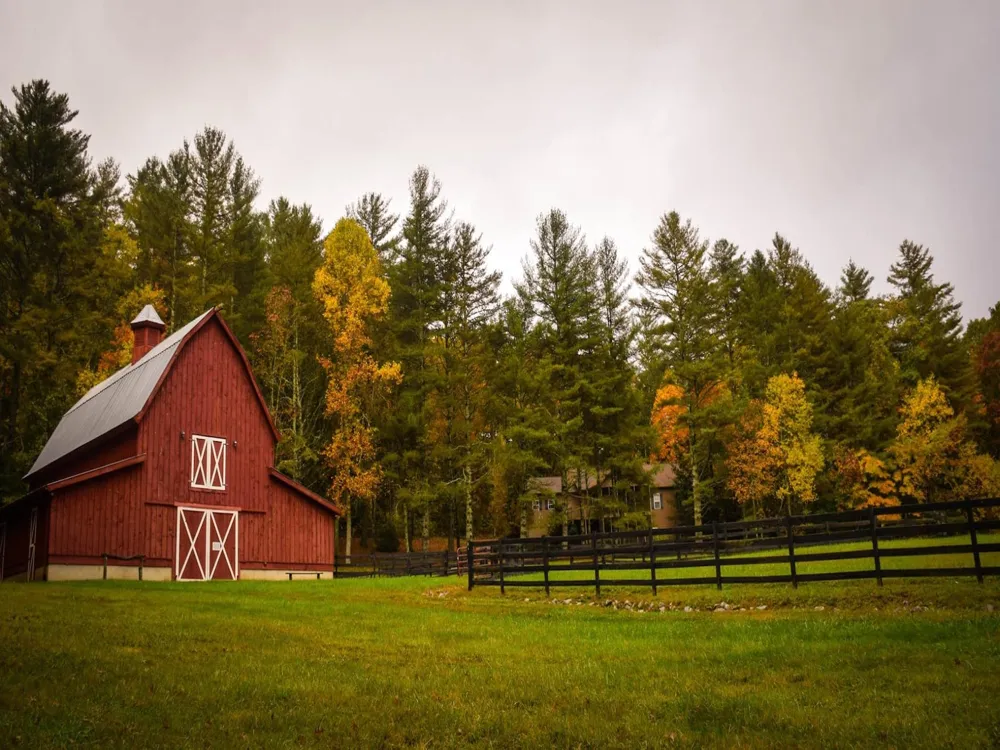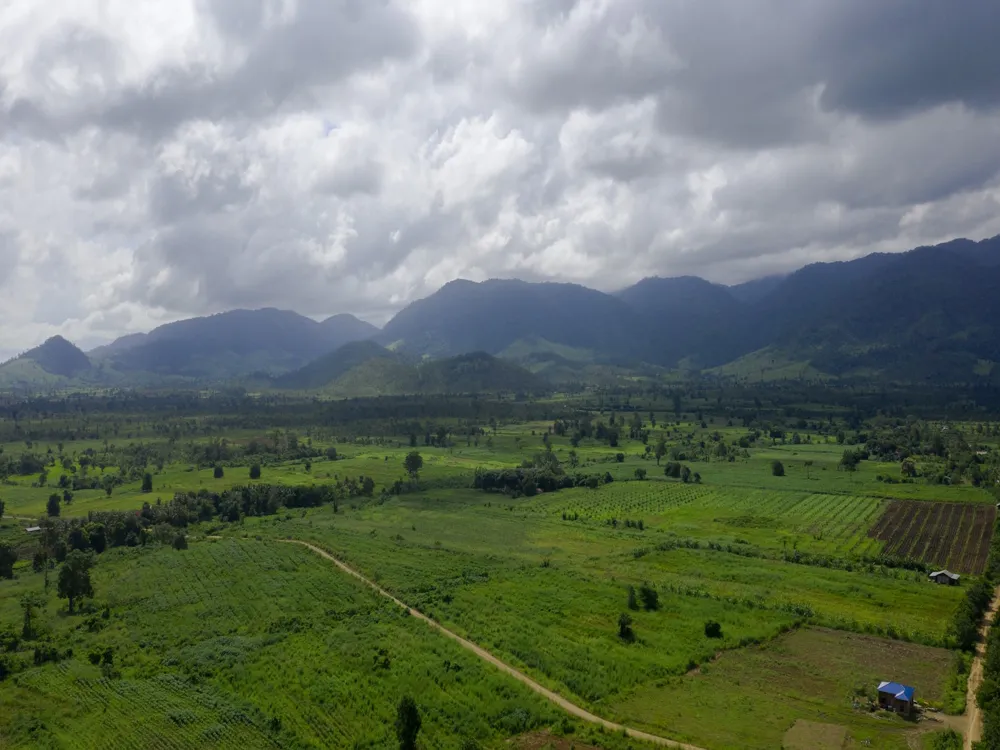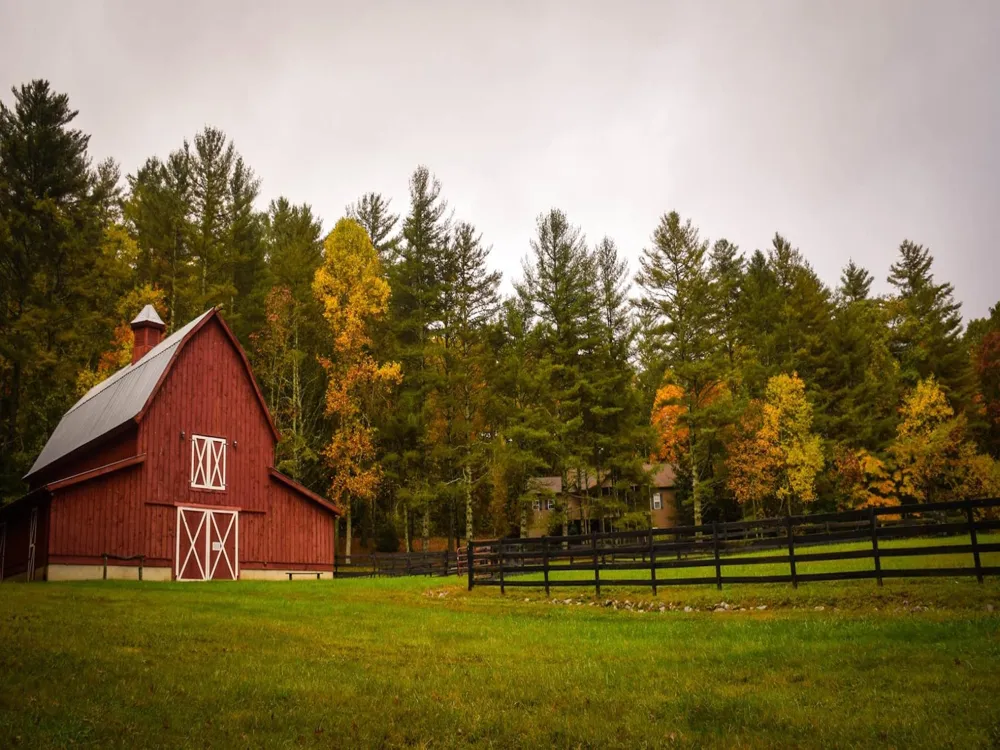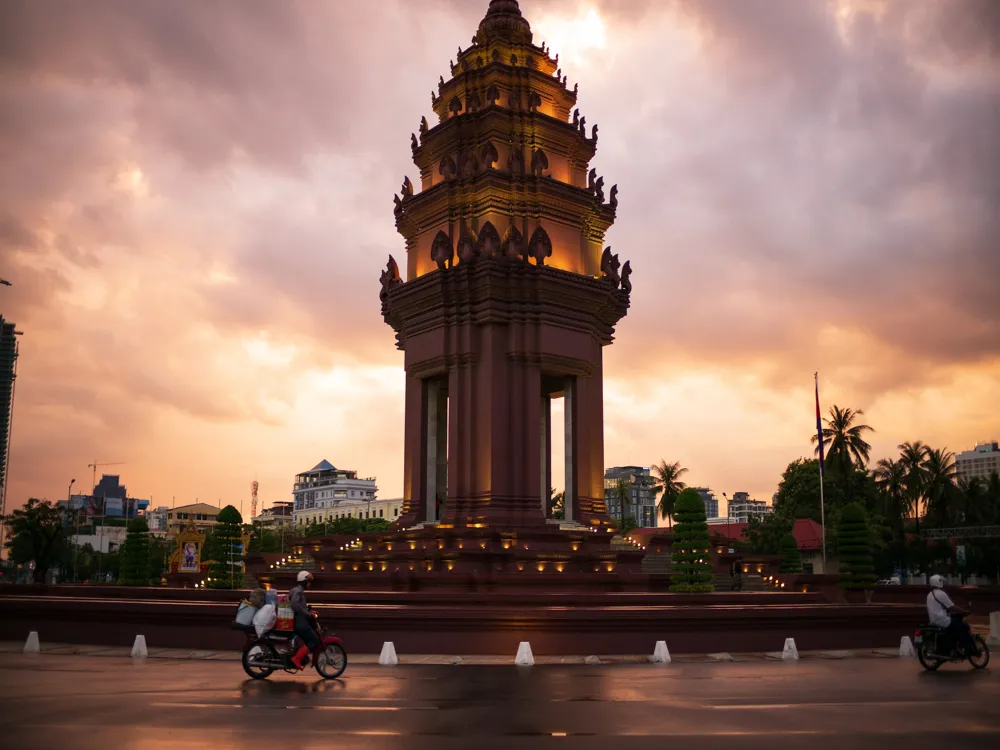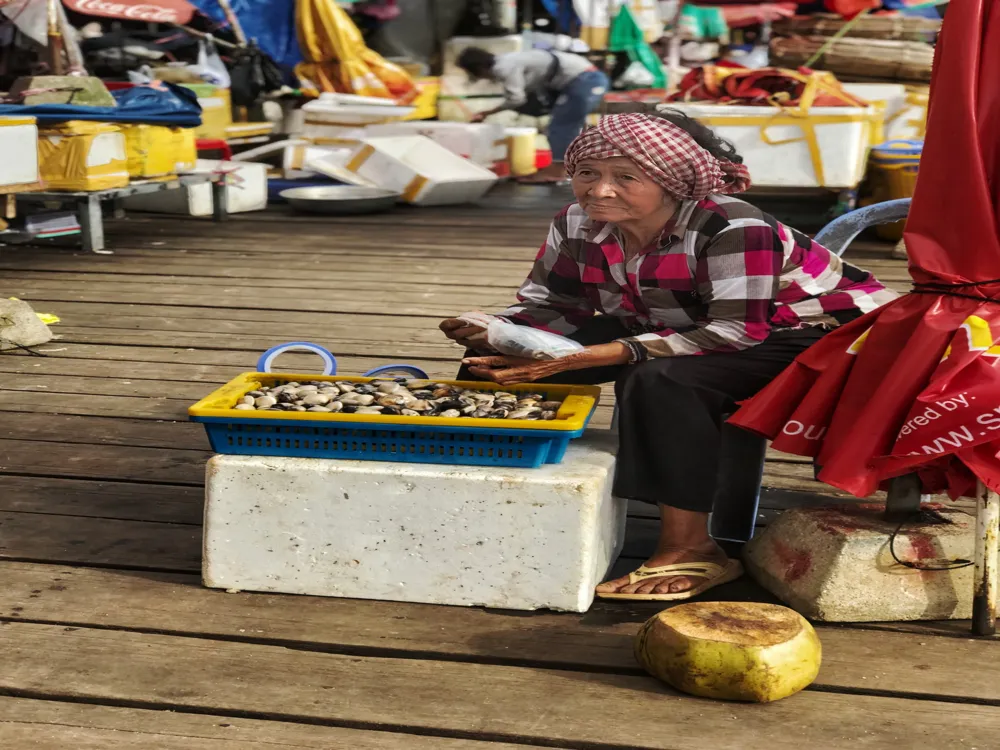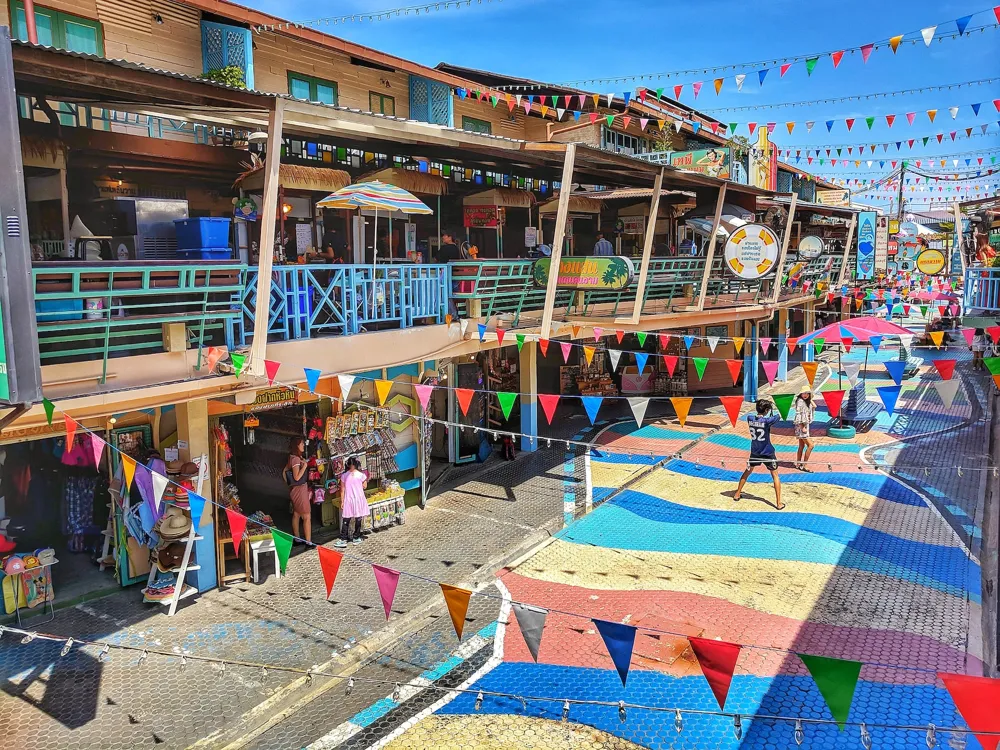The Bamboo Train, locally known as 'Norry', in Battambang, Cambodia, presents a unique and thrilling way to explore the Cambodian countryside. This ingenious mode of transportation, a symbol of simplicity and innovation, has been operating since the 1980s. The Norry consists of a bamboo platform set on two sets of wheels, powered by a small engine. Initially used by locals to transport goods and people across the province, it has now become a popular attraction for tourists seeking an authentic and adventurous experience. The construction of the Bamboo Train is a testament to the resourcefulness of the Cambodian people. Battambang, known for its rich history and cultural heritage, offers a picturesque backdrop for this unique railway journey. The train runs on a single, narrow gauge railway track, which was part of the national railway network of Cambodia. The journey typically covers about 7 kilometers, running through serene paddy fields, local villages, and lush landscapes, providing passengers with a glimpse into the rural life of Cambodia. The history of the Bamboo Train dates back to the times of the Khmer Rouge, where the existing rail infrastructure was heavily damaged. Post this era, the locals, in a bid to solve transportation challenges, invented these makeshift trains. The resilience and ingenuity of the Cambodian people are remarkably displayed in the Bamboo Train's simplicity yet effective design. Each Norry is handcrafted using locally sourced bamboo, making each ride a unique experience. The train's rudimentary nature adds to its charm, offering a ride that is both exhilarating and humbling. The architecture of the Bamboo Train is a marvel of local engineering and resourcefulness. The Norry is essentially a bamboo flatbed measuring approximately 3 meters in length and 2 meters in width. This flatbed is placed on two sets of wheels, which are directly connected to an axle. The wheels and axles are salvaged from old tanks or improvised from available materials, showcasing the creativity and adaptability of the Cambodian people. The engine, typically a small gasoline-powered motor, is mounted at the rear of the flatbed. A simple belt system connects the engine to the rear axle, propelling the Norry forward. The driver controls the speed with a simple throttle handle, offering a surprisingly smooth ride despite the rudimentary technology. The beauty of the Bamboo Train's design lies in its simplicity and efficiency. It's lightweight and easily dismantled, allowing for quick disassembly and reassembly when encountering other trains on the single-track railway. The construction of the Norry reflects the deep understanding of the local environment and available resources. The use of bamboo, a sustainable and locally abundant material, not only makes the train eco-friendly but also provides a sturdy and flexible platform for passengers. This traditional material is interwoven with the region's cultural identity, making the Bamboo Train not just a mode of transport but a symbol of Cambodian ingenuity and resilience. When planning a visit to the Bamboo Train, it's important to consider the time of year and weather conditions. The best time to visit is during the dry season, from November to April, when the tracks are less likely to be slippery and the countryside is lush and green. Additionally, aim to visit either in the early morning or late afternoon to avoid the midday heat and to experience the scenic beauty of the Cambodian countryside in the best light. Safety is paramount when riding the Bamboo Train. While the ride is generally safe, it's advisable to listen to the operator's instructions. Keep your limbs within the platform, hold onto your belongings, and avoid standing up while the train is moving. The Norry does not have any safety barriers, so it's important to remain seated and vigilant throughout the journey. Respecting local customs and culture is crucial when visiting the Bamboo Train. Dress modestly, especially when passing through local villages. It's also important to ask for permission before taking photographs of local people or their property. Showing respect and courtesy to the locals enhances the experience and helps in preserving the authentic nature of this unique attraction. Reaching the Bamboo Train in Battambang is relatively straightforward. Battambang is well-connected by road to major cities like Phnom Penh and Siem Reap. You can opt for a bus, taxi, or private car to reach Battambang. Once in Battambang, the Bamboo Train station is located just a few kilometers from the city center. Tuk-tuks and taxis are readily available to take you to the Bamboo Train station. Ensure to negotiate the fare in advance and be clear about the return journey arrangements. For those seeking a more adventurous route, renting a bicycle or a motorbike in Battambang and riding to the Bamboo Train station can be an exciting way to explore the local area. This gives you the flexibility to enjoy the scenic beauty at your own pace and to discover the charming countryside of Cambodia. Read More:Overview of the Bamboo Train of Battambang
Architecture of the Bamboo Train
Tips When Visiting the Bamboo Train
Planning Your Visit
Safety Precautions
Cultural Etiquette
How To Reach the Bamboo Train
Bamboo Train
Battambang
NaN onwards
View battambang Packages
Weather :
Tags : Experiential Rides
Timings : 8 AM to 5 PM
Time Required : 1 to 2 hours
Entry Fee : 3 to 5 USD per person for a ride
Planning a Trip? Ask Your Question
Battambang Travel Packages
View All Packages For Battambang
Top Hotel Collections for Battambang

Private Pool

Luxury Hotels

5-Star Hotels

Pet Friendly
Top Hotels Near Battambang
Other Top Ranking Places In Battambang
View All Places To Visit In battambang
View battambang Packages
Weather :
Tags : Experiential Rides
Timings : 8 AM to 5 PM
Time Required : 1 to 2 hours
Entry Fee : 3 to 5 USD per person for a ride
Planning a Trip? Ask Your Question
Battambang Travel Packages
View All Packages For Battambang
Top Hotel Collections for Battambang

Private Pool

Luxury Hotels

5-Star Hotels

Pet Friendly









